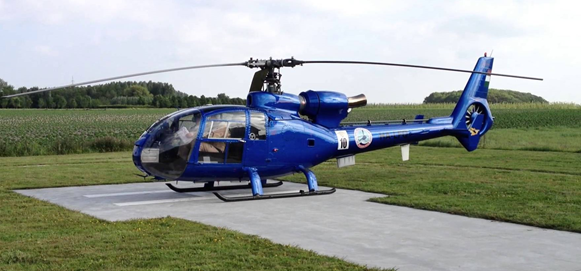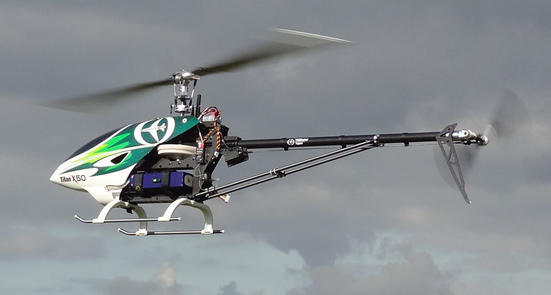I thought this article was an interesting read from MRCHC newsletter. Enjoy..
Written by Roger Chapman
We all share a passion for our hobby, which is fabulous on so many levels now. We are in exciting times in terms of the mechanical capabilities and advanced designs of our Helicopters and the on board electronics.
Something I used to publish in the Newsletter from time to time and is probably timely to update and republish here, is a reminder of the forces that are involved with our Helis and why they deserve our respect.
Full Size Helicopters
With the full size, if you attempted to lift a Heli by its blades they would fail – the outward pull from the blades when rotating is many tons and far exceeds the mass of the fuselage which is being lifted. The centrifugal force straightens the blade from the drooping position and provides the ‘strength’ for ‘lift’. It is for this reason in areas of extreme weather, parked helicopters have their blades tethered to the ground or back to the fuselage to avoid the wind lifting the blade and causing damage.

Many tons of outward pull on blades cause them to straighten when flying and far exceeds mass that is being lifted
Blades in Stationary position - obviously
FULL SIZE HELICOPTER
RC Model Helicopters
The description above for full size Helis equally applies to our models. With the blades stationary and even though rare these days, if you lifted a Heli with timber blades they would most likely break. With Carbon or fibreglass blades, if you were silly enough to try you would risk causing delamination within the blade.
But when the blades are rotating, the same physics are involved as with the full size. The outward pull of a single blade on the bolt holding it to the rotor head can be as high as 200kg (more than enough to lift any one of you) and the tip speed is in the order of 190kph. Now while the maths may vary depending on model size and rotor speed etc – you get the drift.
Without wanting to scare anyone or meaning to put you off our hobby all together, it really is like flying a chainsaw!
Tip Speed Approx 190kph
When flying outward pull on blade approx 200kg
RC HELICOPTER

So What Does this all Mean?
Our Club has always prided itself in terms of observing and implementing safety protocols which have served us well. As far as I know there have been three deaths – three deaths too many and from all skill levels – so the risk is not just in the realm of the novice who might lose control - a reminder of potentially how lethal our hobby can be.
Having established why our Helis should deserve our respect and without knowing the details of the tragic accidents that have occurred, the most fundamental safety protocol we need to all observe is a safe separation between us and our models. In the full size realm, it is referred to as keeping outside the ‘Deadman’s Curve’ or ‘Coffin Corner’. That is, to avoid flying within the parameters that don’t allow for error. For full size, the obvious example is airspeed and proximity to the ground. Often at airshows, stunt pilots are flying within the ‘Deadman’s Curve’ – meaning there is no room for error or mechanical failure.
In our context, arguably the ‘Deadman’s Curve’ is being too close to the model. While rare these days, unexpected radio or mechanical failure and even dumb thumbs, if you are too close to your Heli regardless of what mode of flying you are performing, potentially places you at risk of personal injury or worse.
There are other safety protocols of course that you should all be familiar with and which are covered in our Club rules printed at the end of every Newsletter.
The above is not meant to be a ‘downer’ but as stated at the beginning – we all enjoy a fabulous hobby, but having said that, it does deserve our respect when it comes to safety.
Info Rotational Force
Discussion in 'The Chat Room' started by smakmeharder, May 28, 2016.
Comments
Discussion in 'The Chat Room' started by smakmeharder, May 28, 2016.
-
Tags:
 Like x 1
Like x 1
